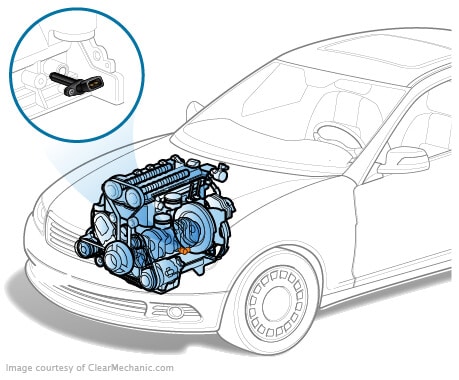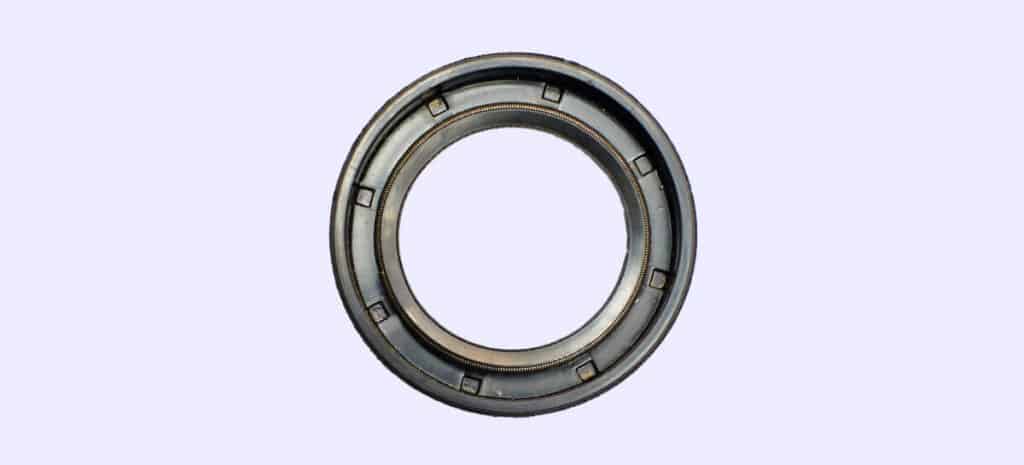The crankshaft seal is an important component of a car’s engine, responsible for preventing oil leaks and maintaining proper lubrication. In this article, we’ll discuss what a crankshaft seal is, how to recognize signs of a faulty seal, and how to replace it.
What is a Crankshaft Seal?
A crankshaft seal is a small component located at the front or rear of the engine, depending on the make and model of the vehicle. It’s responsible for sealing the crankshaft, which is a key part of the engine that converts the linear motion of the pistons into rotational motion.

How Much Will it Cost to Replace a Crankshaft Seal in Canada?
The cost of replacing a crankshaft seal in Canada can vary depending on the make and model of your vehicle, as well as the mechanic you choose. On average, you can expect to pay between $300 and $600 CAD for parts and labour. The labour time can take anywhere from 2 to 4 hours, depending on the complexity of the repair.
What are the Symptoms of a Faulty Crankshaft Seal?
Here are some common symptoms of a faulty crankshaft seal:
• Oil leaks: If you notice oil spots under your car or a burning oil smell, it could be a sign of a leaky crankshaft seal.
• Engine performance issues: A faulty seal can cause a drop in engine performance, such as reduced power or acceleration.
• Unusual engine noises: Worn-out or damaged seals can cause unusual engine noises, such as rattling or knocking.
How Long Does a Crankshaft Seal Last?
A crankshaft seal can last anywhere from 100,000 to 150,000 kilometers or longer, depending on driving habits and maintenance. However, it’s important to keep an eye out for signs of wear and tear and address any issues promptly to avoid further damage to the engine.
How does a Crankshaft Seal Become Defective?
A crankshaft seal can become defective due to normal wear and tear over time, as well as exposure to high temperatures and contaminants. Lack of regular maintenance or driving in extreme conditions can also contribute to premature failure.
How Can a Faulty Crankshaft Seal Affect Other Systems in the Car?
A faulty crankshaft seal can lead to oil leaks, which can affect other systems in the car, such as the transmission and the electrical system. It can also cause engine performance issues, leading to decreased power or acceleration.
Is it Safe to Drive with a Faulty Crankshaft Seal?
Driving with a faulty crankshaft seal is not recommended, as it can lead to further damage to the engine and other components in the car. Additionally, oil leaks can be a fire hazard while driving.
How Can I Make My Crankshaft Seal Last Longer?
Here are some tips to help prolong the life of your crankshaft seal:
• Regular maintenance: Follow the manufacturer’s recommended maintenance schedule to ensure all components, including the crankshaft seal, are in good condition.
• Avoid extreme driving conditions: Avoid driving in extreme temperatures and conditions whenever possible, as these can cause damage to the engine and other components.
• Address issues promptly: If you notice any signs of a faulty crankshaft seal, such as oil leaks or unusual engine noises, address them promptly to avoid further damage.

Conclusion
A crankshaft seal is a small but important component of a car’s engine, responsible for preventing oil leaks and maintaining proper lubrication. If you notice any signs of a faulty crankshaft seal, such as oil leaks or engine performance issues, it’s important to address the issue promptly to avoid further damage to the engine and other components. With proper maintenance and care, you can help prolong the life of your crankshaft seal and keep your car running smoothly.
